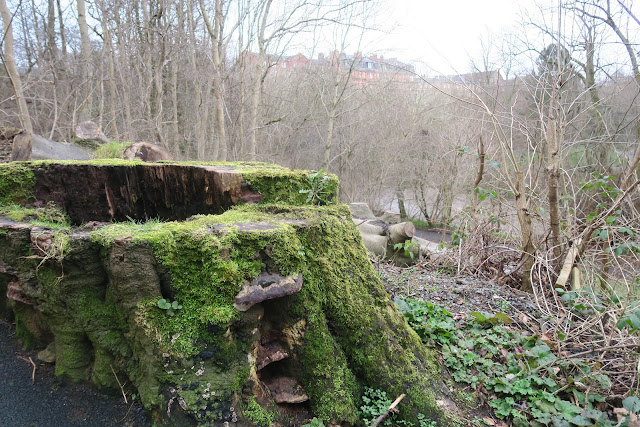I much prefer the artistic, or creative, challenges –
rather than the technical!
Rule of thirds / Odd numbers / Diagonals
You need to imagine your frame has been divided into a
3x3 grid – not quite square, as your frame isn’t. Then the challenge is to try and place the
subject on those lines. A connected
concept is the idea that humans prefer odd numbers, so if you are going to have
multiple objects forming the subject, then you should aim to have 3 or 5 of the
object. In this photo of the squirrel
you can see that he almost on the left vertical ‘third’ line.
The other connected concept is the idea of taking photos
that contain diagonal lines, which tend to create a dynamic image. I really like to use this when taking photos
of buildings, to really give the impression of the building soaring into the
sky.
Leading lines / frames /
ring of light
An easy way to focus attention on a subject is to
visually lead the eye to it. One way is
through the use of lines – more commonly you may use the footpath, or a road,
but in this image the line of the cannon neatly directs you to Geoff’s lovely
face!
Another way to is to create a frame within the image –
like this image of me standing in the doorway in a side street in Krakow. It would be even more effective if the image
was of me through the doorway, but I wasn’t just going to let myself in.
Another version of a frame is to surround the subject
with a ring of light – not in the 1980’s way of creating a halo and minimising
wrinkles, but ideally to maintain the colour accurately and highlight the
subject. This one is easier in natural
light, but I had fun trying to create the effect with a street light and a shrub.
Background separation
I’ll take any excuse to play with depth of field when
taking photographs – and my camera actually defaults to that when on the auto
setting if the subject is far enough forward of the background (and close
enough to the camera). Blurring the background in this shot really draws
attention toblossoms.

























